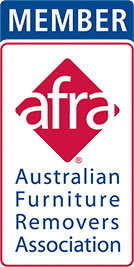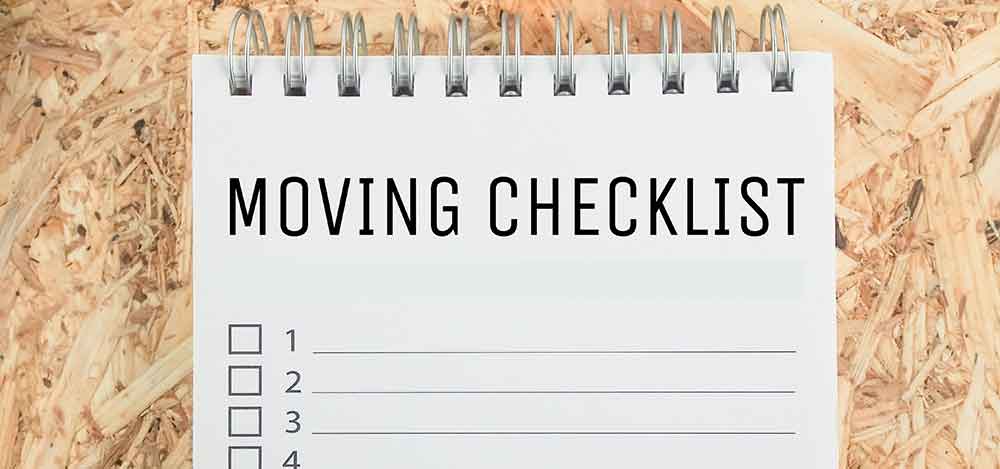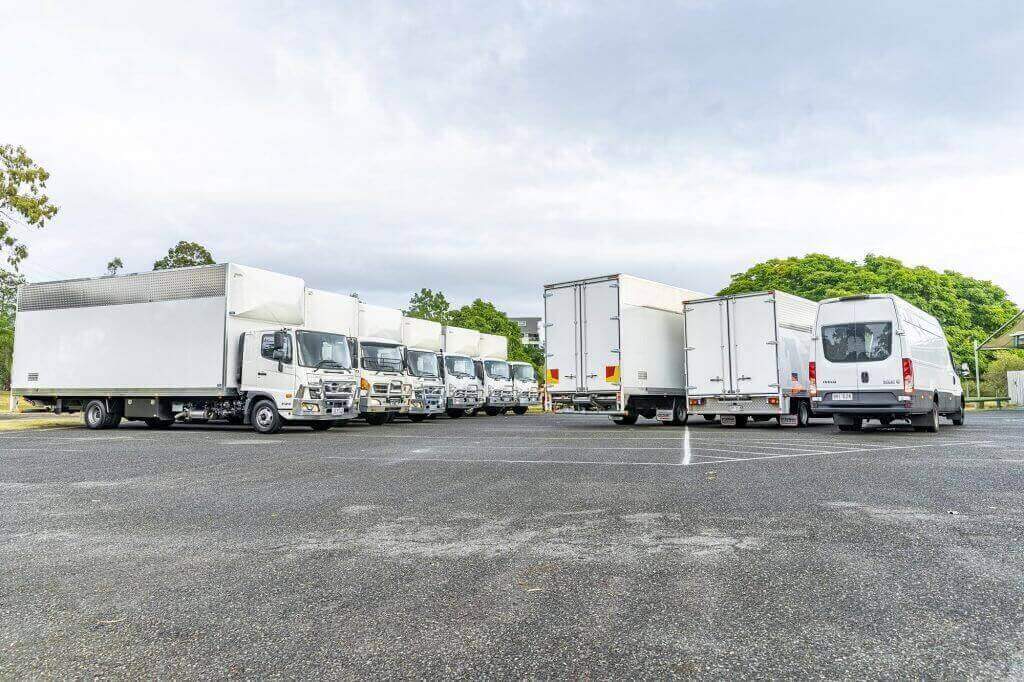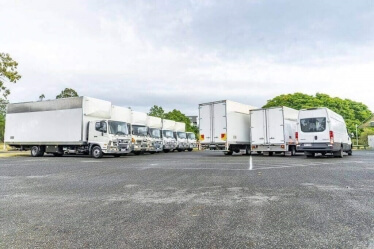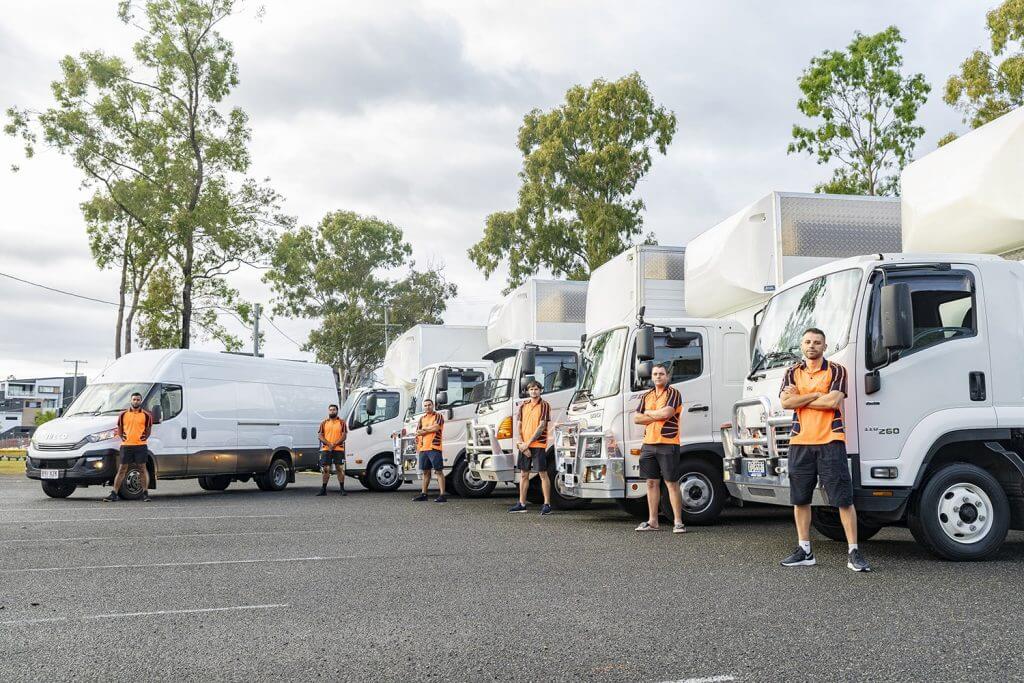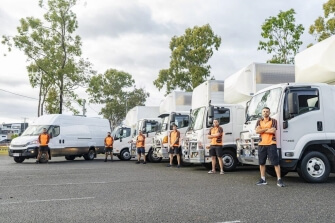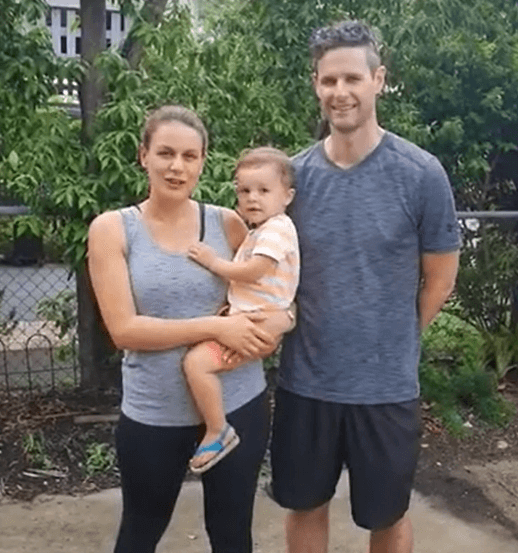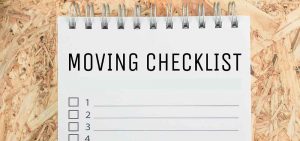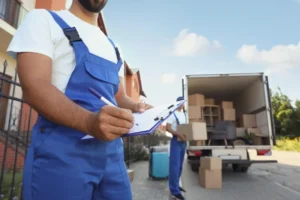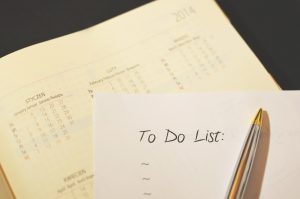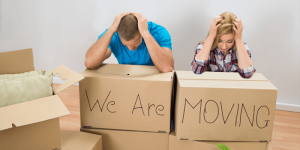A Checklist for Moving in Brisbane
Moving to a new home may be both exhilarating and overwhelming. You must deal with packing, organising, coordinating with movers, and finding a new home. You can stay organised and stress-free by making a thorough checklist of things to do before, during, and after moving day.
If you’re planning to move to Brisbane, one of the fastest-growing cities in Australia with warm weather, beautiful beaches, and vibrant culture, you’ll want to follow this moving checklist.
Before Moving House
Research moving companies
One of the most important steps before moving is to research and select a reliable and reputable moving company. Start your search as soon as possible, especially during peak moving season, and consider their experience, reputation, insurance, and licensing factors. To discover a mover who fits your budget and needs, read reviews of different companies and ask friends and family for suggestions based on their own move.
Declutter and donate
Moving is an excellent opportunity to declutter your home and eliminate heavy stuff you no longer need. Go through your belongings, room by room, and set aside precious items to donate or sell. This will reduce the amount of stuff you need to move and save you time and money on packing and transportation. It is also a chance to have a fresh start
Notify utilities and services
Remember to inform your essential service providers, such as electricity, gas, water, internet, and cable, about your move and schedule disconnection or transfer of services to your new address. You want to arrive at your new home with essential services, so give them enough notice to avoid disruption.
Update your new address
Make sure to update your mailing address with your bank, employer, insurance providers, and any other organisations that send you mail, bills, or other subscriptions to ensure that your services are not interrupted and that you receive all your mail at your new address.
Pack smartly
Start packing your belongings well in advance, considering fragile and valuable items that require special handling. Pack your items carefully with bubble wrap to prevent damage during transportation. Label each box with its contents and the room it belongs in to simplify unpacking. This will also help the movers know where to place each container when unloading.
Make an inventory or a printable moving house checklist
Before packing, create an inventory of all your belongings. A moving house checklist and inventory list will make it easier for you to keep track of everything and ensure everything is found and noticed when you move. You can also use this inventory to check that all your items have been safely delivered to your new home on a moving day. A printable moving house checklist will also help you and the removal company ensure nothing gets left behind.
Arrange for transportation
If you plan to move your belongings, arrange for transportation well in advance. Reserve a rental truck or trailer before moving day and ensure it is the right size for your packing boxes and other needs. If you’re hiring a professional moving company, confirm the date and time of the move and ensure that they have all the necessary details about your belongings and the layout of your new property.
Pack a moving day essentials kit
Pack a separate box or bag with all the essentials you’ll need on moving day and the first night in your new home. Ask for free boxes and fill them with toiletries, a change of clothes, important documents, snacks, and basic cleaning supplies for your new residence.
Clean and prepare your new house
Before moving in, clean your new property thoroughly and ensure it is ready for your arrival. This might include changing the locks, installing new light fixtures, or painting the walls for a few hours. You can also negotiate with your real estate agent to have these things covered ahead of time.
Confirm parking and access.
Confirm parking and access with your building management or landlord if you’re moving into a busy area. You may need to reserve a parking spot or arrange a loading zone to make the move smoother.
During the Move:
Stay organised
Stay on top of the move by making a checklist of all your tasks and managing the boxes according to their contents. This will make it easier for you and the movers to unload, carry, and place each container in its designated room.
Protect floors and walls
Place protective materials like mats or blankets over floors and walls to avoid scratches or damage. Ensure that the movers are aware of any fragile items, and be bold and ask them to move slowly while carrying heavy furniture.
Keep essentials handy
It’s important to pack a separate bag with essential items that you’ll need immediately after the move, such as toiletries, clothes, documents like your driver’s licence, and electronics. Doing this may save you the trouble of digging through boxes to find essential things and moving into your new house swiftly and comfortably.
Communicate with movers
Stay in touch with your moving company and communicate any last-minute changes or instructions. Be sure to provide them with your new address and contact information so they can reach you if necessary. If there are any changes to your moving date or time, notify the movers as soon as possible to avoid delays.
Inspect the new place
Once you arrive at your new home, take the time to inspect it thoroughly for any damages or repairs that need to be addressed. Check for any signs of water damage, mould, or pests, and note any scratches or dents on walls or floors. This will allow you to address issues with your landlord or property manager immediately.
Unpack strategically
Starting to unpack your belongings can feel overwhelming, but a strategic approach can make the process much more manageable. Start with one room at a time, beginning with the essentials you packed in your separate bag. Keep similar items together, and label boxes clearly to quickly identify what’s inside. Consider creating an unpacking schedule to help you stay on track and avoid feeling overwhelmed.
After the Move:
Settle in
Moving can be a stressful experience, so it’s important to take some time to relax and settle into your new home. Familiarise yourself with the layout and explore the different rooms to get a sense of what you need to do to maintain it. Unpack your belongings, arrange your furniture, and make your new space feel like home.
Update your information
It’s important to update your driver’s license, vehicle registration, and voter registration with your new address. This will ensure that you receive essential documents or notifications at your new home and avoid any potential issues with your license or registration.
Explore the city
Brisbane is a vibrant city with much to offer. Visit the local restaurants and cafes, try local cuisines, and attend local events and festivals to get a sense of the city’s culture and community. Spend some time touring the nearby sights, including the Brisbane Botanic Gardens, South Bank Parklands, and the Gallery of Modern Art.
Get to know your neighbours
Creating connections with your neighbours can be a terrific way to feel a part of your new neighbourhood. Introduce yourself to your neighbours, invite them for a meal or a drink, and participate in local neighbourhood events. This will help you feel more at home and create a sense of community in your new neighbourhood. You will b pleasantly surprised at how easy it is to make new friends and get close to the local council as well.
Maintain your home
Regularly cleaning and maintaining your home is essential to keeping it in good condition and avoiding any significant repairs in the future. Schedule regular cleaning and maintenance tasks, such as vacuuming, dusting, and cleaning the bathrooms, and keep an eye out for any signs of wear and tear. As soon as a tiny problem arises, take care of it to avoid it becoming a bigger issue during the entire process.
Update your insurance policies
Update your home, auto, and other insurance policies with your new address. This will ensure that your coverage is up-to-date and that you are protected in any unforeseen circumstances. Call your insurance provider to iron out additional details or upgrades.
Register for utilities and services
Register for new utilities and services in your new home, such as electricity, gas, water, internet, and cable. Compare prices and plans to find the best options for your needs and budget. Make sure they get the new address details and your contact details to update any contracts or documents.
Register your children for school
If you have school-age children, register them in your new neighbourhood on the Gold Coast. Research the local schools and find the best options for your child’s needs.
Join local groups or clubs
Joining community groups or clubs is a fantastic approach to making new friends and getting active in your new town. Search for organisations or clubs that focus on activities you enjoy, such as gardening, cooking, or hiking. If none exist, you can start organising a friendly team early.
Check for local regulations
Check for any local rules or bylaws that may affect you, such as parking restrictions or noise regulations. This will help you avoid any fines or penalties in the future.
Plan for future maintenance and repairs
Plan for future maintenance and repairs, such as scheduling regular HVAC or plumbing inspections and setting aside money for unexpected repairs.
Set up a mail forwarding service
Set up a mail forwarding service with Australia Post to ensure you receive any mail sent to your old address. This will prevent important mail from getting lost or delayed.
Conclusion
A move to a new house may be both exhilarating and stressful. But by using the above checklist as a guide, you may stay organized and ensure that all of your needs are met before, during, and after the relocation. This will make moving simpler and less stressful for you, enabling you to focus on enjoying your new home.
Hire Optimove for your next move. Our professional moving services in Brisbane make the process easy and stress-free. Contact us today for more information!

